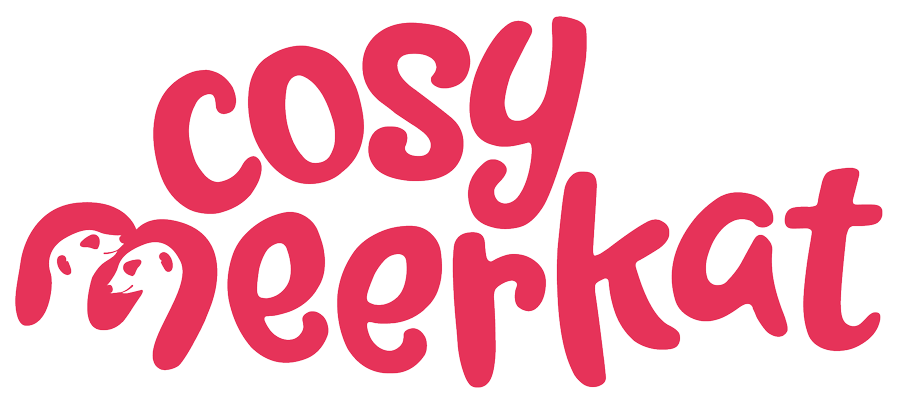Navigating the return to work after the pandemic
Last week, the Guardian reported that Amazon workers in the US are being tracked and penalised for not being in the office enough. They also shared the news that Zoom, the enabler for remote working, have asked their employees to work back in the office two days a week. This follows other tech giants who have recently done the same. Many of our clients are grumbling about the need for people to return to the office. As we step cautiously back into familiar office spaces, we find ourselves standing at the crossroads of change and continuity.
Covid was a global pandemic that reshaped the very fabric of our lives. We managed to do the work we had always done in the office at home. In our pyjama bottoms if we wanted (Teams negated the ability for tops too). The working day changed and became more fluid, with people working when and how they wanted.
As I continue my digital nomad adventure on the seas this summer, I wanted to reflect on this change we’re seeing, this drive to bring people back. To return to more traditional ways of working.
The return to work is a highly emotional thing and people have all sorts of opinions on whether it’s right or wrong. I have friends who are expected in the office a minimum of three days a week, and they’re totally fine with it. Others definitely aren’t. Some companies are still totally flexible on how they want their team to work. At Cosy Meerkat, we remain 100% flexible, encouraging people in, as long as they’re not sitting on calls all day. That you can definitely do at home.
But everyone has a different view, a different feeling about what is right for them. And as employers, we should all acknowledge these differences, these emotions. We should support our colleagues to navigate this new work dawn, however it looks for your business.
My advice?
Ask your team what they missed during the pandemic: getting people to reflect on what they missed and how they felt may well take them back to feelings they had forgotten. The camaraderie of being in an office environment, the Manager’s coffee run, the free yoga class…..There could be a multitude of things that you used to do, that you don’t any longer. Ask people and implement (where you can) what you hear.
Prioritise wellbeing: a Government report outlines the distressing fact that our mental health has been severely hit during the pandemic. Anxiety and depression have increased significantly in he UK adult population. What can you do to help your team overcome the anxiety of return to work? The challenges that a commute can cause? Pull together a working group to consider what you can do to help ease the change and implement it. This return to work is an opportunity to weave wellbeing into the fabric of your culture. Use it!
Reimagine the working space: the physical office space is no longer just a place for work; it's a canvas for collaboration, innovation, and employee engagement. Offices need to transform into dynamic spaces that foster collaboration and innovation. Agile layouts, huddle areas, and creative corners need to encourage spontaneous interactions.
The physical workspace's purpose evolves to become a hub for connection, culture building, and mentorship. Thoughtful design can breathe life into this purpose, creating an environment that inspires and energises. Some of our clients have done this incredibly well, sensitively creating a place that employees really want to come to: a happy destination rather than a challenging journey.
Embracing change: returning to work is an opportunity to reframe our relationship with work. It’s a chance to align our roles with purpose, create meaningful connections, and contribute to a shared vision. Think about developing campaigns around culture and purpose, question whether it’s a time to review your values and the behaviours behind them. Could you relaunch them with a Manifesto?
Experiment not force: you will lose your best people if you force them back. Experiment with new ways of interacting at work, new wellbeing initiatives, new things that your team won’t want to miss. It will be different for every business, and every individual, but give people a real reason to come back in, not just to sit on Teams all day.
However you encourage your people back in, do it with compassion, with imagination, creativity and a sense of curiosity to help you create a wonderful workplace for the future.
